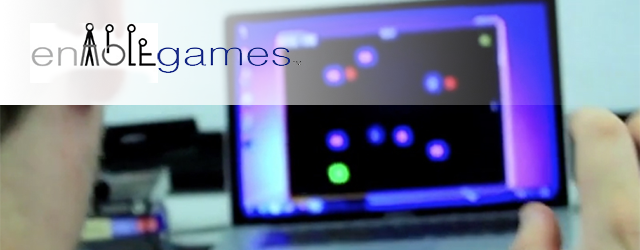How a video game company from Drexel is helping kids with cerebral palsy
Cofounded by a pair of professors, Enable Games uses video games for physical therapy.
For Drexel physical therapist Margaret O’Neil, one big challenge is coming up with exercises that are both physically and intellectually stimulating for her cerebral palsy patients. Using active video games — games controlled by the body — is relatively new and unproven territory for her. Although, from 30 years of experiences, she knows it’s possibly a better option than simply handing a child with cerebral palsy a list of exercises to do at home.
“We know anecdotally, in talking to kids with cerebral palsy and their families, that giving somebody a list of exercises is not necessarily very motivating, and oftentimes isn’t done,” said O’Neil, an associate professor in Drexel’s physical therapy and rehabilitation sciences department. “What I’m trying to do is find those treatment ideas that will engage kids and teens and keep them active, or get them active, in a fun, motivating way.”
But commercial body-controlled video games (think Microsoft Xbox Kinect or Nintendo Wii games) don’t meet a lot of the physical therapy needs of kids with cerebral palsy. Some games are too difficult, while others are too overwhelming with noisy special effects.
So in 2013, O’Neil turned to Paul Diefenbach, fellow Drexel professor and cofounder of the school’s RePlay Lab, for help in creating a game that met her physical therapy requirements, was easy to learn, and would keep the interest of her patients. Three years later and Kollect was born. It’s the first video game from Enable Games, a company Diefenbach and O’Neil cofounded to create video games specifically for physical therapists and their patients.
“The concept is essentially a game portal, a website for active video games for people with disabilities,” said Diefenbach, who runs the RePlay Lab and is now in his 12th year at Drexel. “Our initial target is children with cerebral palsy, but then we’ll expand to adults with cerebral palsy and adults with neural motor conditions like multiple sclerosis or Parkinson’s.”
Read the full article here.





